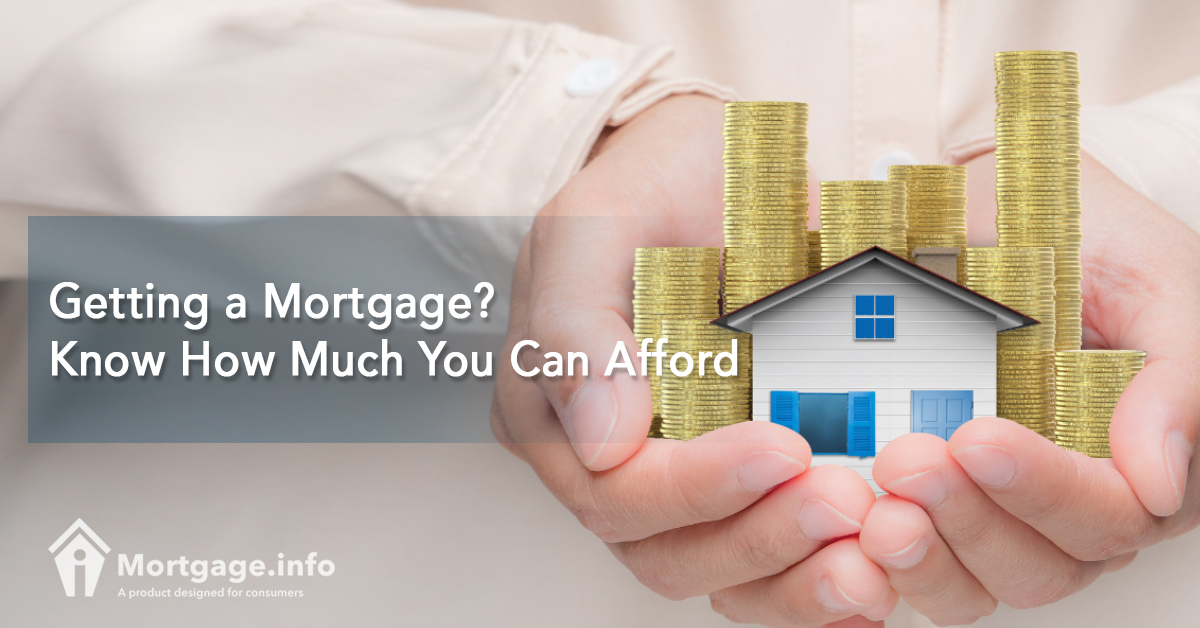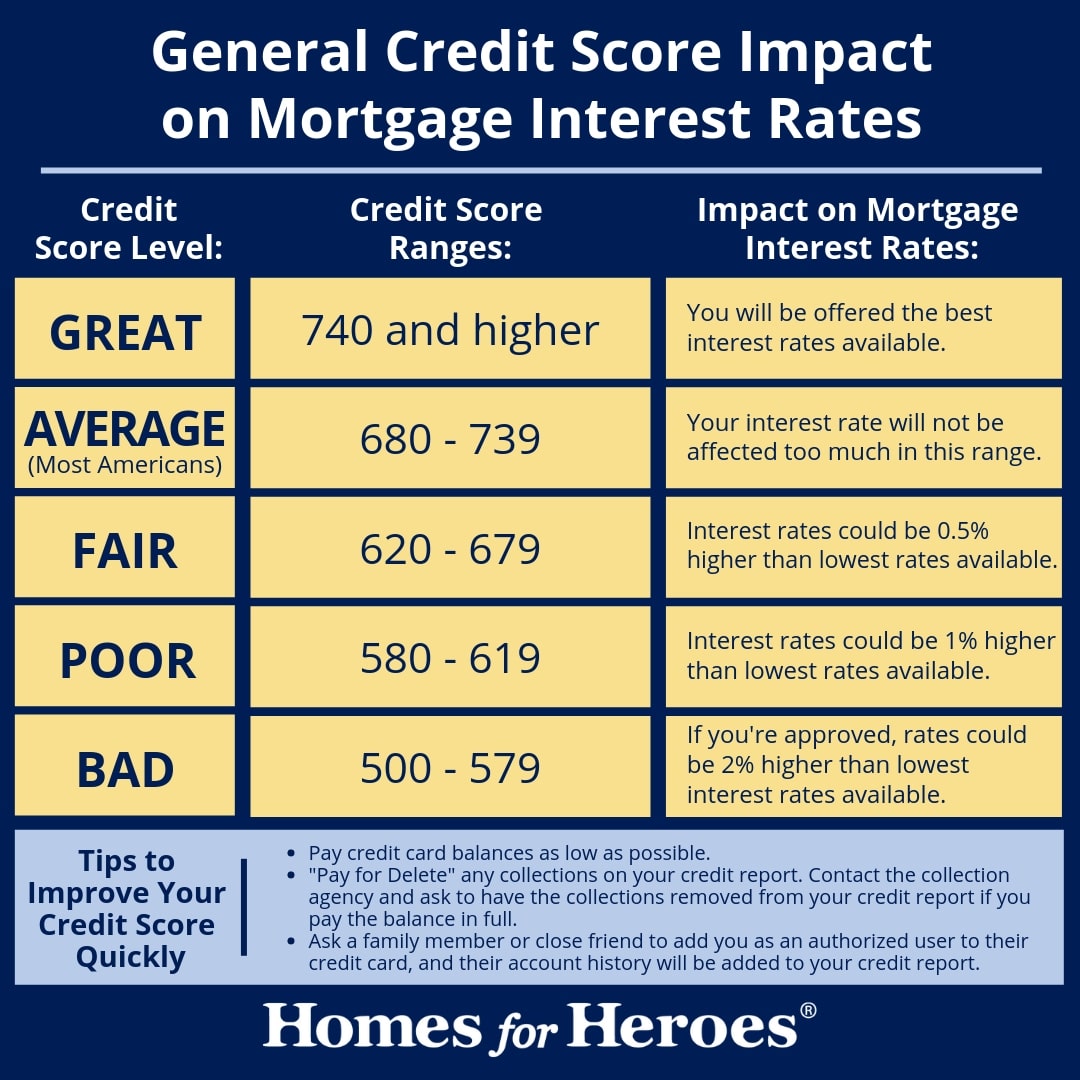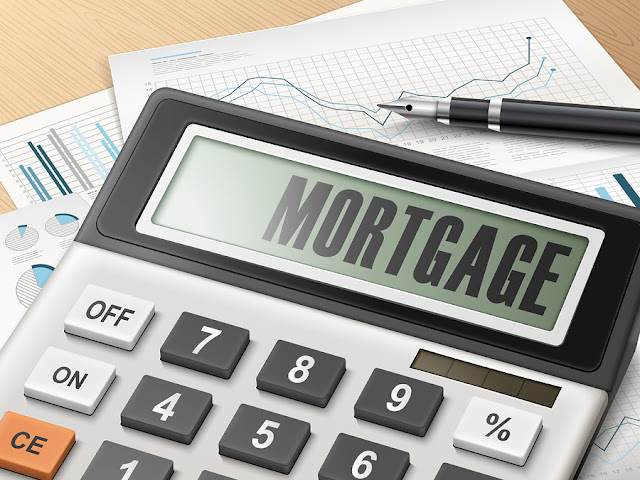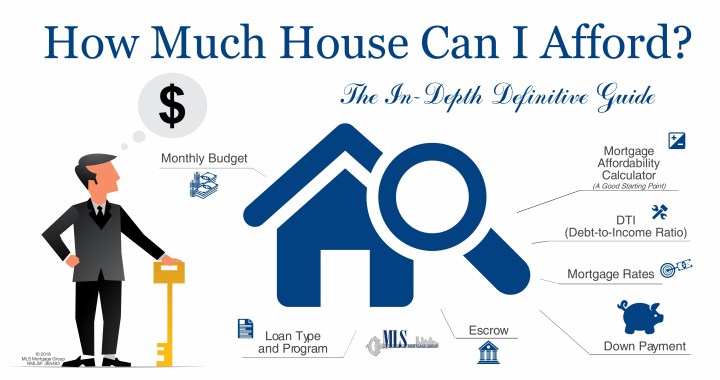Understanding the Mortgage Affordability Formula
The mortgage affordability formula is a crucial tool used to determine how much house you can afford. This formula is based on the 28/36 rule, which states that your monthly housing costs should not exceed 28% of your gross income, and your total debt payments should not exceed 36% of your gross income. To calculate your mortgage affordability, you’ll need to consider several factors, including your income, debt, credit score, and other financial obligations.
For example, let’s say you have a gross income of $5,000 per month and a total debt payment of $1,500 per month. Using the 28/36 rule, your maximum monthly housing costs would be $1,400 (28% of $5,000), and your total debt payments would be $1,800 (36% of $5,000). This means that you would need to keep your mortgage payments, property taxes, and insurance below $1,400 per month to ensure that you can afford the mortgage.
When determining what size mortgage you can afford, it’s essential to consider all the costs associated with homeownership, including maintenance, repairs, and homeowners association fees. By using the mortgage affordability formula and considering these additional costs, you can get a more accurate picture of how much house you can afford.
It’s also important to note that the mortgage affordability formula is not a one-size-fits-all solution. Your individual financial situation and goals may require a more customized approach. For instance, if you have high-interest debt or a low credit score, you may need to adjust the formula to account for these factors.
By understanding the mortgage affordability formula and considering your individual financial situation, you can make a more informed decision about what size mortgage you can afford. This will help you avoid financial stress and ensure that you can enjoy your new home without breaking the bank.
Calculating Your Gross Income and Expenses
To determine what size mortgage you can afford, it’s essential to accurately calculate your gross income and expenses. This includes debt payments, credit card debt, and other financial obligations. Lenders use this information to evaluate your creditworthiness and determine how much they are willing to lend you.
Start by gathering all your financial documents, including pay stubs, bank statements, and tax returns. You’ll need to calculate your gross income, which is your income before taxes and other deductions. You can use a gross income calculator or consult with a financial advisor to ensure accuracy.
Next, make a list of all your monthly expenses, including debt payments, credit card debt, car loans, student loans, and other financial obligations. Don’t forget to include expenses like groceries, utilities, and entertainment. You can use a budgeting app or spreadsheet to help you track your expenses.
It’s also important to consider any irregular expenses, such as car maintenance or property taxes, that may not be reflected in your monthly budget. You can use a budgeting calculator or consult with a financial advisor to help you estimate these expenses.
Once you have a clear picture of your income and expenses, you can use a mortgage affordability calculator to determine how much house you can afford. These calculators take into account your income, expenses, debt, and credit score to provide an estimate of how much you can borrow.
For example, let’s say you have a gross income of $6,000 per month and monthly expenses of $2,500. You also have a car loan payment of $500 per month and a credit card debt of $1,000. Using a mortgage affordability calculator, you may find that you can afford a mortgage payment of $1,800 per month, based on a 28/36 debt-to-income ratio.
By accurately calculating your gross income and expenses, you can get a more accurate picture of what size mortgage you can afford. This will help you avoid financial stress and ensure that you can enjoy your new home without breaking the bank.
Assessing Your Credit Score and History
When determining what size mortgage you can afford, your credit score and history play a significant role. Lenders use credit scores to evaluate your creditworthiness and determine the interest rate and loan terms they are willing to offer. A good credit score can help you qualify for better loan terms, while a poor credit score can limit your options.
A credit score is a three-digit number that represents your credit history. It’s calculated based on your payment history, credit utilization, and other factors. In the United States, credit scores range from 300 to 850, with higher scores indicating better credit. Generally, a credit score of 700 or higher is considered good, while a score below 600 is considered poor.
To check your credit score, you can request a free credit report from each of the three major credit reporting agencies (Experian, TransUnion, and Equifax) once a year. You can also use online credit monitoring services, such as Credit Karma or Credit Sesame, to track your credit score and report.
If you have a poor credit score, there are steps you can take to improve it. Start by paying your bills on time and reducing your debt. You can also dispute any errors on your credit report and work to build a longer credit history. By improving your credit score, you can increase your chances of qualifying for a mortgage and getting a better interest rate.
For example, let’s say you have a credit score of 620 and are applying for a mortgage. You may qualify for a mortgage, but you may not get the best interest rate. By improving your credit score to 700 or higher, you may be able to qualify for a better interest rate and lower your monthly mortgage payments.
When assessing your credit score and history, it’s essential to consider the impact on your mortgage affordability. By understanding how your credit score affects your mortgage options, you can make informed decisions and take steps to improve your creditworthiness.
Considering Additional Costs of Homeownership
When determining what size mortgage you can afford, it’s essential to consider the additional costs of homeownership. These costs can significantly impact your mortgage affordability and overall financial situation. Some of the most common additional costs of homeownership include property taxes, insurance, maintenance, and repairs.
Property taxes can vary significantly depending on the location and value of the property. In some areas, property taxes can be quite high, while in others, they may be relatively low. It’s essential to research the property taxes in the area you’re interested in and factor them into your mortgage affordability calculations.
Insurance is another significant cost of homeownership. Homeowners insurance can help protect you against losses due to natural disasters, theft, and other unforeseen events. The cost of insurance can vary depending on the location, value, and condition of the property.
Maintenance and repairs are also essential costs to consider. As a homeowner, you’ll be responsible for maintaining and repairing the property, which can include costs such as plumbing, electrical work, and HVAC maintenance. It’s essential to factor these costs into your budget to ensure you can afford the mortgage payments and ongoing expenses.
For example, let’s say you’re considering purchasing a home with a mortgage payment of $1,500 per month. However, you also need to factor in property taxes of $300 per month, insurance of $100 per month, and maintenance and repairs of $200 per month. This brings the total monthly cost of homeownership to $2,100 per month. By considering these additional costs, you can get a more accurate picture of what size mortgage you can afford.
When calculating your mortgage affordability, it’s essential to consider all the costs associated with homeownership. By factoring in property taxes, insurance, maintenance, and repairs, you can ensure you’re making an informed decision and setting yourself up for long-term financial success.
How to Use a Mortgage Affordability Calculator
Mortgage affordability calculators are online tools that can help you determine how much house you can afford. These calculators take into account your income, expenses, debt, and credit score to provide an estimate of how much you can borrow. By using a mortgage affordability calculator, you can get a better understanding of your financial situation and make informed decisions about your home buying process.
There are many online mortgage affordability calculators available, each with its own features and benefits. Some popular options include NerdWallet’s Mortgage Calculator, Zillow’s Mortgage Calculator, and Redfin’s Mortgage Calculator. These calculators typically require you to input your income, expenses, debt, and credit score, as well as the price range of the homes you’re interested in.
For example, let’s say you’re considering purchasing a home with a price range of $300,000 to $400,000. You have a gross income of $6,000 per month, expenses of $2,500 per month, and a credit score of 700. Using a mortgage affordability calculator, you may find that you can afford a mortgage payment of $1,800 per month, based on a 28/36 debt-to-income ratio.
When using a mortgage affordability calculator, it’s essential to keep in mind that the results are only an estimate. Your actual mortgage affordability may vary depending on various factors, including your credit score, loan terms, and down payment requirements. However, by using a mortgage affordability calculator, you can get a better understanding of your financial situation and make informed decisions about your home buying process.
In addition to using a mortgage affordability calculator, it’s also essential to consider other costs associated with homeownership, such as property taxes, insurance, maintenance, and repairs. By factoring these costs into your budget, you can ensure that you’re making an informed decision and setting yourself up for long-term financial success.
Factors That Affect Mortgage Affordability
When determining what size mortgage you can afford, there are several factors that can impact your mortgage payments. Interest rates, loan terms, and down payment requirements are just a few of the factors that can affect your mortgage affordability. Understanding these factors can help you make informed decisions and ensure that you’re getting the best possible mortgage for your situation.
Interest rates can have a significant impact on your mortgage payments. A higher interest rate can increase your monthly payments, while a lower interest rate can decrease them. For example, let’s say you’re considering a $200,000 mortgage with a 30-year loan term. If the interest rate is 4%, your monthly payment would be approximately $955. However, if the interest rate is 5%, your monthly payment would be approximately $1,073.
Loan terms can also affect your mortgage affordability. A longer loan term can lower your monthly payments, but it can also increase the amount of interest you pay over the life of the loan. For example, let’s say you’re considering a $200,000 mortgage with a 15-year loan term. Your monthly payment would be approximately $1,581, but you would pay less interest over the life of the loan compared to a 30-year loan term.
Down payment requirements can also impact your mortgage affordability. A higher down payment can lower your monthly payments, but it can also increase the amount of cash you need to close the loan. For example, let’s say you’re considering a $200,000 mortgage with a 20% down payment. Your monthly payment would be approximately $955, but you would need to come up with $40,000 in cash to close the loan.
By understanding the factors that affect mortgage affordability, you can make informed decisions and ensure that you’re getting the best possible mortgage for your situation. It’s essential to consider all the costs associated with homeownership, including property taxes, insurance, maintenance, and repairs, to determine what size mortgage you can afford.
Creating a Sustainable Home Buying Budget
Creating a sustainable home buying budget is crucial to determining what size mortgage you can afford. A sustainable budget takes into account all the costs associated with homeownership, including the down payment, closing costs, and ongoing expenses such as property taxes, insurance, maintenance, and repairs.
To create a sustainable home buying budget, start by calculating your gross income and expenses, including debt payments, credit card debt, and other financial obligations. Next, determine how much you can afford to spend on a home based on your income and expenses. Consider using the 28/36 rule, which states that your housing costs should not exceed 28% of your gross income, and your total debt payments should not exceed 36% of your gross income.
Once you have determined how much you can afford to spend on a home, start saving for a down payment. Aim to save at least 20% of the purchase price to avoid paying private mortgage insurance (PMI). You can also consider saving for closing costs, which can range from 2% to 5% of the purchase price.
In addition to saving for a down payment and closing costs, consider setting aside money for ongoing expenses such as property taxes, insurance, maintenance, and repairs. These costs can vary depending on the location and condition of the property, so be sure to research the costs associated with the area and type of property you are interested in.
For example, let’s say you are considering purchasing a $200,000 home with a 20% down payment. You would need to save $40,000 for the down payment, plus closing costs of $4,000 to $10,000. You would also need to consider ongoing expenses such as property taxes, insurance, maintenance, and repairs, which can range from $500 to $2,000 per month.
By creating a sustainable home buying budget, you can ensure that you are making an informed decision and setting yourself up for long-term financial success. Remember to consider all the costs associated with homeownership, including the down payment, closing costs, and ongoing expenses, to determine what size mortgage you can afford.
Seeking Professional Advice from a Mortgage Expert
When it comes to determining what size mortgage you can afford, seeking professional advice from a mortgage expert can be incredibly valuable. A mortgage expert can help you navigate the mortgage process, explain the various options available to you, and provide guidance on how to determine how much house you can afford.
A mortgage expert can help you understand the mortgage affordability formula, including the 28/36 rule, and how it’s used to determine how much house you can afford. They can also help you calculate your gross income and expenses, including debt payments, credit card debt, and other financial obligations.
In addition to helping you understand the mortgage affordability formula, a mortgage expert can also provide guidance on how to improve your credit score and history, which can impact your mortgage affordability. They can also help you understand the additional costs of homeownership, including property taxes, insurance, maintenance, and repairs.
A mortgage expert can also help you use a mortgage affordability calculator to determine how much house you can afford. They can explain the various factors that can affect mortgage affordability, including interest rates, loan terms, and down payment requirements.
By seeking professional advice from a mortgage expert, you can ensure that you are making an informed decision and setting yourself up for long-term financial success. They can provide you with personalized guidance and help you create a sustainable home buying budget that takes into account all the costs associated with homeownership.
When seeking professional advice from a mortgage expert, be sure to ask questions and seek clarification on any concepts you don’t understand. A good mortgage expert will take the time to explain the mortgage process and provide you with the guidance you need to make an informed decision.







